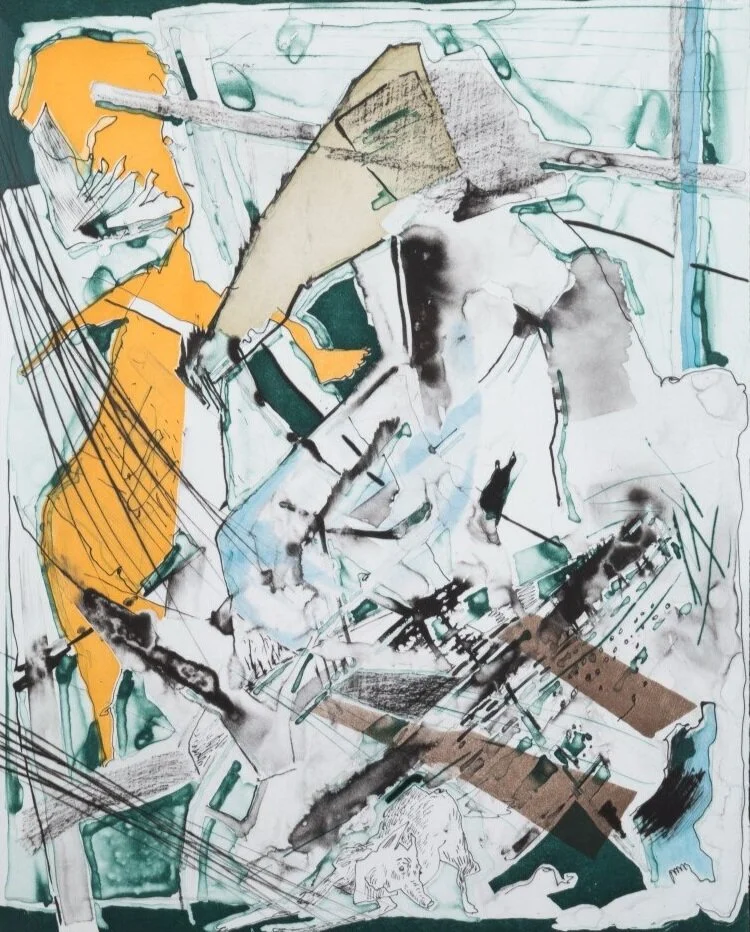An Eye on Art: Pareidolia
/Visual Trick or Treat?
Valse de l'Eau, 1988
Roberta Schofield
American, b. 1945
Oil on board
Museum Purchase through the General Acquisition Fund
Polk Museum of Art Permanent Collection 1992.40
Pareidolia (parr-i-DOH-lee-ə)
the human ability to see recognizable shapes, people, animals, or other figures in random objects, which are truly not there.
Observe
What do you see in the painting above? Fabric? Curtains? Possibly figures?
What might be the story behind this piece? What is going on? Is there anything that seems a bit sinister, perhaps? Spooky?
How does this piece make you feel? Has your pareidolia kicked in to create what might feel like a trick or an unexpected visual treat to spark your imagination?
Activity
Pareidolia Scavenger Hunt & Illustration
Objective:
Find and illustrate examples of your own pareidolia experiences in real life.
Supplies:
Paper
Clipboard
Pencil
Colored Pencils
Imagination
Directions:
Grab your paper, clipboard, pencil, colored pencils, and your imagination.
Start your hunt for pareidolia inspired images. Walk round your house (or outside safely) and be on the lookout for faces, figures, or shapes you may see within inanimate objects or within a grouping of inanimate objects. (Hint: Check out wooden items, trees, shadows, wallpaper, foods, etc.).
Once you spot an image, start drawing it right away.
Once your drawing is done, add color to complete your illustrated finding.
Stand back and enjoy the image you have captured directly from your own pareidolia ability!
Now, go look for more!
Share and tag your beautiful creations with the hashtag #PMoAatHome!
Pareidolia artwork created by Ellen Chastain, Education Manager.
The actual story behind the piece. (A not so sinister meaning after all.)
Valse de l'Eau, 1988
Roberta Schofield
American, b. 1945
Oil on board
Museum Purchase through the General Acquisition Fund
Polk Museum of Art Permanent Collection 1992.40
“In this work, I am concerned with metaphor and imagination rather than reality. Inspired by a challenge to do a piece which could be associated with the theme of “Beach”, I manipulated my loveliest and most difficult fabric until it reminded me of Botticelli. At once, the answer was there: The Birth of Venus! I then staged the set-up in my studio using my materials and a modem sensibility to interpret this Botticelli image.
In general, my work is about relationships: paradoxes and complements, denials and reinforcements create fluid meaning and frozen imagery. Controlled lighting, and the application of artificial color to staged arrangements suggest familiar beings and environments that, with the use of drapery as subject, create other and stranger meanings. In “Valse de l’Eau”, the colors and shapes refer to a sunset over water, the figures to memory shapes of people... perhaps a dream.”
Sandro Botticelli, The Birth of Venus (c. 1484–1486). Tempera on canvas. 172.5 cm × 278.9 cm (67.9 in × 109.6 in). Uffizi, Florence.

